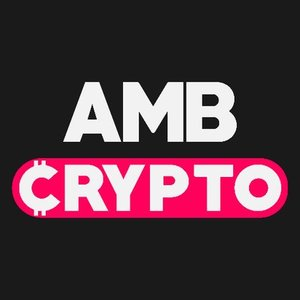Market Pulse
The convergence of traditional finance (TradFi) and the burgeoning blockchain ecosystem continues to accelerate, with Real-World Asset (RWA) tokenization emerging as one of the most significant trends. This paradigm shift involves representing tangible and intangible assets on a blockchain as digital tokens, promising to unlock unprecedented liquidity, efficiency, and accessibility across diverse markets. As of {current_date}, institutions and innovative startups are increasingly exploring and implementing tokenization strategies, signaling a pivotal moment for digital assets to integrate deeply with mainstream financial infrastructure.
The Promise of Tokenized Assets
Real-World Asset tokenization is the process of converting the value of an asset outside the blockchain into a digital token on a distributed ledger. These assets can range from highly liquid financial instruments like bonds and equities to traditionally illiquid ones such as real estate, fine art, and commodities. The fundamental appeal lies in leveraging blockchain’s inherent properties – transparency, immutability, and programmability – to enhance asset management and trading.
Driving Forces Behind Growth
Several factors are propelling the RWA tokenization market forward. Institutional players, including major banks and asset managers, are recognizing the profound benefits, from operational cost reductions to enhanced settlement speeds. Furthermore, the maturation of blockchain technology, particularly platforms like Ethereum and its Layer 2 solutions, provides robust infrastructure capable of handling complex financial instruments. The burgeoning Decentralized Finance (DeFi) sector also plays a role, creating new avenues for liquidity and utility for these tokenized assets.
- Institutional Adoption: Major financial institutions actively piloting and launching tokenization projects.
- Technological Advancement: Improved blockchain scalability, security, and smart contract capabilities.
- DeFi Integration: Growing ecosystem of protocols offering lending, borrowing, and trading against tokenized RWAs.
- Demand for Efficiency: A universal drive to reduce intermediaries, costs, and settlement times in financial transactions.
Key Benefits and Use Cases
The advantages of tokenizing real-world assets are multifaceted, offering solutions to long-standing challenges in traditional markets. Fractional ownership, for instance, democratizes access to high-value assets like real estate or private equity, allowing smaller investors to participate. This fractionalization, combined with blockchain’s 24/7 global accessibility, has the potential to dramatically increase liquidity for previously illiquid assets.
- Increased Market Accessibility: Lower entry barriers for investors through fractional ownership.
- Enhanced Liquidity: Transforms illiquid assets into easily tradable digital tokens, available globally.
- Streamlined Operations: Automates processes like dividend distribution and interest payments via smart contracts.
- Greater Transparency: Publicly verifiable ownership records and transaction histories on the blockchain.
- Reduced Costs: Minimizes reliance on intermediaries, leading to lower fees and operational overheads.
Challenges and Hurdles
Despite its immense promise, RWA tokenization faces significant hurdles. The regulatory landscape remains fragmented and often ambiguous across different jurisdictions, creating legal uncertainty regarding asset ownership and enforceability. Bridging the gap between on-chain and off-chain legal frameworks is paramount for widespread adoption. Additionally, ensuring interoperability between various blockchain networks and establishing robust security measures against potential exploits are ongoing challenges.
Conclusion
Real-World Asset tokenization represents a fundamental evolution in finance, poised to reshape how assets are owned, traded, and managed globally. While regulatory clarity, legal frameworks, and interoperability remain critical areas of development, the momentum from institutional engagement and technological innovation is undeniable. As the digital and traditional financial worlds continue to intertwine, tokenized RWAs are set to become a cornerstone of a more efficient, accessible, and liquid global economy, offering a glimpse into the future of capital markets.
Pros (Bullish Points)
- Unlocks immense value from illiquid assets, boosting market liquidity and investment accessibility.
- Increases operational efficiency and reduces costs through automated, transparent blockchain processes.
Cons (Bearish Points)
- Patchy and evolving global regulatory landscape creates legal uncertainties for ownership and enforceability.
- Interoperability challenges between diverse blockchain networks hinder seamless cross-platform integration.



